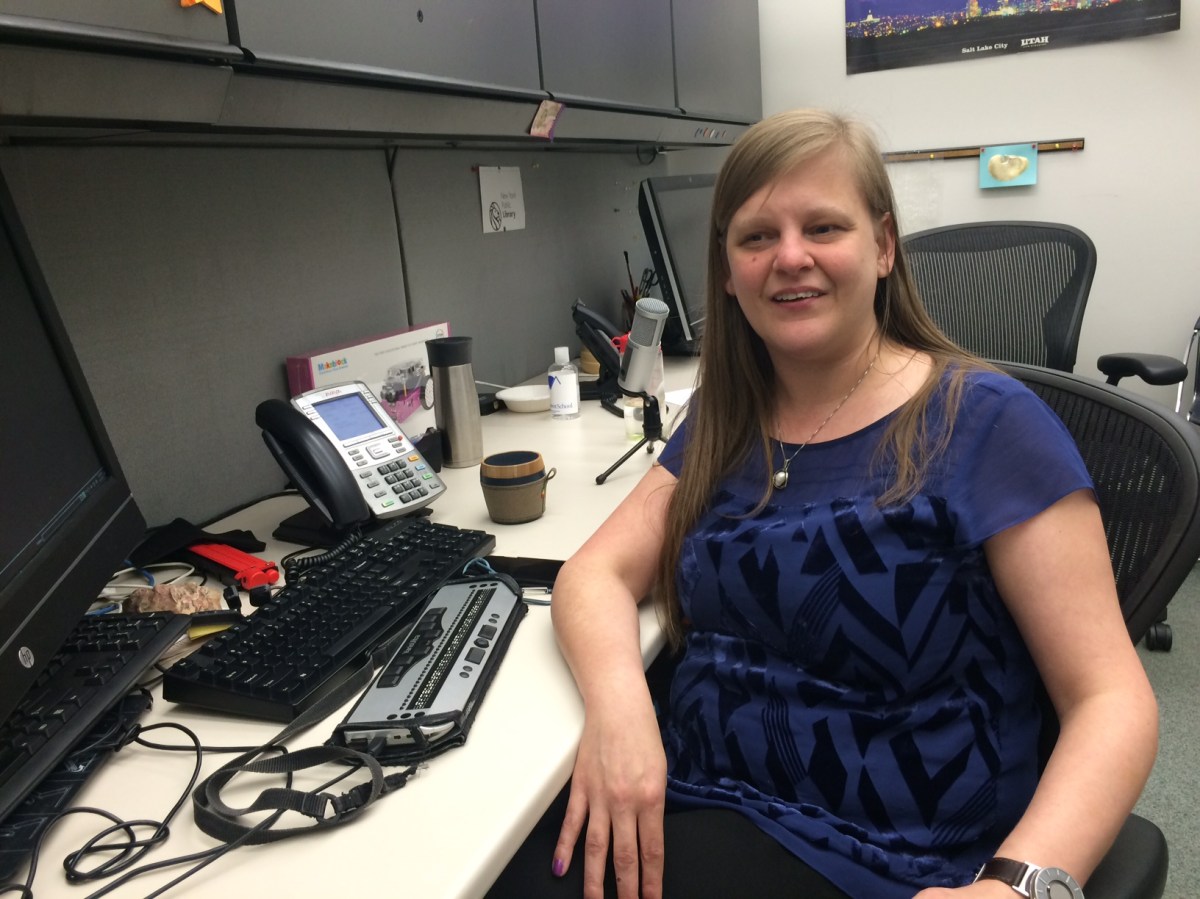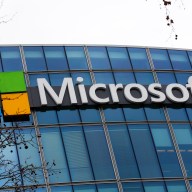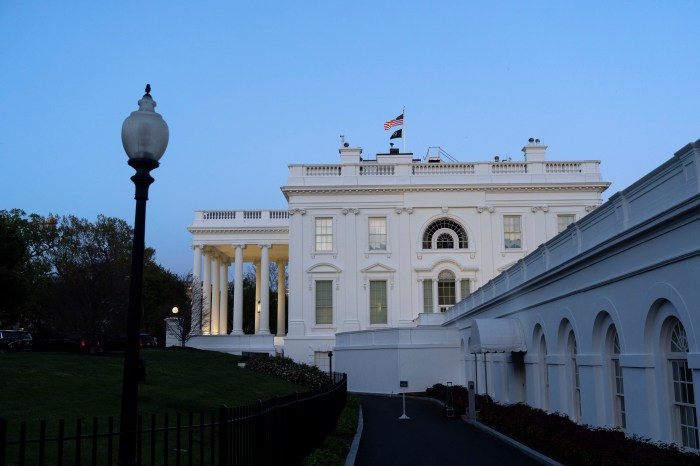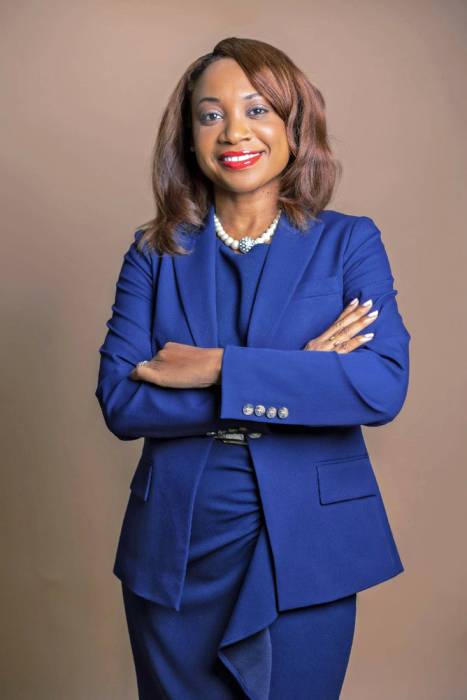Siri, what was life like for the blind before you?
Apple Inc.’s virtual assistant might not have an answer for that question, but Ed Summers does.
“It’s radically different than it was fifteen, even just ten years ago,” said Summers, the manager of accessibility and applied assistive technology at the SAS Institute, who became blind at the age of 30.
Summers is among a growing number of blind developers who are providing the experiential insight for creating technology for the blind. And the inclusion of disabled developers in the field is something of a metaphor for the inclusiveness new tech provides the disabled population.
“Now I don’t have to pay the disability tax,” he said, referring to not only the high cost of the devices used by blind people, but to the alienation of being unable to readily collaborate and share information with sighted people.
“It’s never been a better time to be blind,” he said.
Not long ago, technology for the blind consisted of bulky and expensive instruments: braille typewriters, braille compasses and currency identifiers.
“We had specialized devices and they were a huge step forward, but not necessarily compatible with other people’s devices,” Summers said.
For instance, JAWS (Job Access With Speech) released in 1995, was the first screen reading software that allowed the blind to use a computer – but only their own computer.
Yet the new tech might eliminate the need for things such as a braille display, which transcribes electronic text onto what looks like a keyboard with a strip of braille that moves. That thing costs anywhere from $1,220 to $5,000.
Summer’s current research focuses on making academic and scientific tools, such as infographics, analytics and mathematical instruments accessible to blind students and professionals.
With the help of a team of about 70 blind researchers, Finnish software developer Ilkka Pirttimaa has been perfecting an app called Blindsquare. It’s essentially a GPS device, tour guide and travel agent for the blind in one program that harnesses the power of regular headphone controls. It accesses data from bus schedules to museum hours, gives a spatial description of destinations and combines it with the social restaurant platform Foursquare so a user knows exactly what is around them that will fit their needs.
“One youth told me it gives him a superpower over his sighted friends, who don’t know what is behind the wall,” Pirttimaa said.
The blind who are new to technology are particularly encouraged by the apparent ease of use of mainstream personal devices.
Chancey Fleet got her first computer, a laptop, in 1988 when she was in first grade.
Since birth, her sight has been limited to light and dark, some shapes and movement — enough to “accidentally talk to mannequins” — but not enough to decipher print of any size.
“My parents were always big proponents of independence through technology,” she said, adding that she was computer literate nearly a decade before many of her peers.
Since 2014, Fleet has been the assistive technology coordinator at the NYPL’s Andrew Heiskell Braille and Talking Book Library in Manhattan.
In order to meet a spike in demand for help with iPhones and Androids, and talking interface devices such as the Amazon Echo and Google Home, Fleet is relentlessly expanding her education programs for the blind.
“It’s a convincing illusion that programs for the blind (such as screen reading software) are harder to use,” Fleet said. “The only thing missing is community support. The difficulty of the task is nothing compared to the difficulty of being the only one.”
In addition to the disparity in computer literacy between the blind and sighted, only 10 percent of 7.3 million blind Americans know braille, according to the National Federation for the Blind.
“That’s why it’s so important to have this learning community at this library,” she said.
Her tutorials consist of the basic functions – such as how to turn on the device — to coaching users on how to frame questions.
“A lot of people have what I call the Siri freeze — they’ll press the button and say ‘uh, wait, can you tell me–’.”
While Siri and Alexa can help users do simple tasks and access information, it is quite difficult “if not impossible” to express yourself or create something new, such as a blog or even an email, she said.
“Let’s say I wrote three sentences and I want to change the second sentence — Siri won’t let you do that,” Fleet said.
But the very promise of a formerly unattainable level of independence is creating excitement for things like Alexa.
“I really see people embracing them and feeling kind of joyful about the ease of experience with conversational interfaces,” Fleet said.















